The Nextcloud app for WebDAV Push ("dav_push") has been released in version 1.0.0 today and is now considered stable🎉
It adds support for the newly released @nextcloud Nextcloud 32 (Nextcloud Hub 25 Autumn)! #NextcloudConf25
Release: github.com/bitfireAT/nc_ext_da…
NC dav_push app: apps.nextcloud.com/apps/dav_pu…
Enjoy your instant sync with Nextcloud! :D
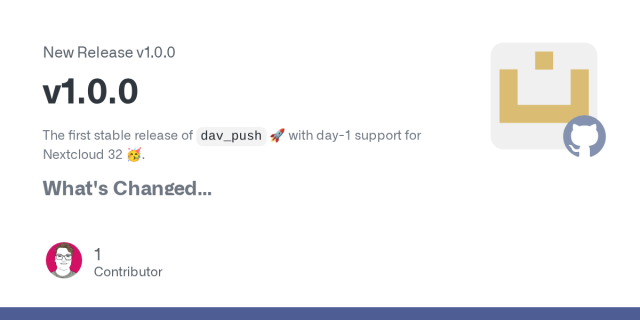
Release v1.0.0 · bitfireAT/nc_ext_dav_push
The first stable release of dav_push 🚀 with day-1 support for Nextcloud 32 🥳. What's Changed Removed support for Nextcloud versions < 31.0.3 (newer versions of 31 are still supported) Added suppor...GitHub
Mozilla Integrates Google Lens for Visual Search in Firefox Desktop
webpronews.com/mozilla-integra…
Mozilla is introducing Google Lens-powered visual search to Firefox desktop, enabling users to right-click images for contextual searches in an opt-in feature that prioritizes privacy. This partnership aims to boost engagement amid AI-driven browser innovations, though it raises questions about Google dependency and competitive dynamics.
🤬🤬🤬🤬🤬🤬🤬🤬🤬🤬🤬🤬🤬🤬🤬🤬🤬🤬🤬🤬🤬🤬🤬🤬🤬🤬🤬🤬🤬🤬🤬🤬
Help wanted, please!
If you have *first hand experience* of improving the diversity of a governance board of (currently all men) volunteers, I'd love to hear how you went about it, or resources which helped you, please.
What did you find helped make the role more attractive to a wider range of applicants to join?
(This is in the context of a Free software project, but broader contexts are welcome.)
Not specifically in this context, but I have experience in various diversity programmes. One thing to highlight:
When you frame the problem as ‘we need more women’ (or more people of a particular ethnicity, or sexual orientation, or whatever) then this immediately devalues people in the group that you are trying to target. We did a lot of work at Microsoft to try to stop senior leadership boasting at all-hands meetings that they’d hired more women, because women in the audience immediately thought ‘was I hired just because I’m a woman?’ And then thought ‘do my colleagues think I was hired because I am a woman?’ Which then immediately undermines them in their job.
Not having women in leadership positions is not the problem, it is a trailing indicator of the problem. The root problems are likely to be things like:
- You are recruiting from places women avoid, or which favour men.
- You are recruiting via your networks, where women are underrepresented.
- You are encouraging an in-group culture that makes everyone not in that group feel excluded and this disproportionately affects women (you will also be losing other people for the same reason).
- You are organising things at times that are inconvenient for people with carer responsibilities, which disproportionately affects women.
- You are looking for people who have a lot of free time and this systematically excludes a load of people (you can’t fix this as a volunteer project, but you can push for government equity initiatives).
Remember: your goal is to find the best people. The fact that roughly 52% of the population are self-deselecting before you even get to evaluate them on relevant metrics is a significant indicator that you are failing at this. Keep that framing in mind.
I've been thinking about how this hacker News comment applies to the way we feel about tech, regardless of our positions on broader political issues: news.ycombinator.com/item?id=4539... I'm politically a progressive, but prone to being a tech reactionary. But I know the past wasn't all better.
Sensitive content
⚠️ GAV ⚠️ 4 activistes de l’association Résistance à l’Agression Publicitaire (RAP) ont été interpellé·es et placé·es en garde à vue à l’issue d’une action antipub non–violente et non–dégradante à Lyon ce samedi soir.
Communiqué de presse à diffuser ! antipub.org/antipub-gav-lyon-2…
#GAV #antipub #marchedesresistances #publicite #israel #palestine #anticolonial
Quatre activistes antipub placé·es en garde à vue
Communiqué de presse de Résistance à l’Agression Publicitaire Quatre activistes antipub placé·es en garde à vue Lyon, le 28 septembre 2025 – Quatre activistes de l’association Résistance à l’Agression Publicitaire (RAP) ont été interpellé·es et pla…Résistance à l'Agression Publicitaire (Résistance à l'Agression Publicitaire)
Added a new API. Now you can add deliveries to your account 😎
Guess who never pinned an intro post? Yes, me. Here is an intro, with the hashtag.
Who am I?
I am your nice neighbour type 40 Tardis. I also have:
- OSDD,
- CPTSD,
- Misophonia, only parts of me,
- ROP, because premature babies FTW!
There are 7 of us, well that is if you include me in the picture, it needs to be whole, after all.
Interests
- Gaming,
- Writing,
- Reading,
- Meditation,
- Doctor Who,
- Singing,
- Talking to people - you never know what beautiful stories you can hear,
- Many other things, not limited to this post.
I speak English, Spanish, Bulgarian. Still trying to learn Hungarian, but concentrating on Spanish for now.
I test websites, and break them when they break my heart.
Frequent posters
Remember how I said OSDD? Well, yes, that includes 4 frequent posters.
- Me, Me as a whole, you get the whole package, lovely!
- Fairy, because English translations of names, calm, rational observer, takes care of many things.
- Fen Li Weird name, but is a teen who's never had access to her favourite, books and good music.
- Lana Super angry sometimes, but there is a good reason if she shows up.
- Three more of us, who do not show up on the internet.
This intro has a goal of merging every single fedi account I've had, too hard to manage anyway. Enjoy the long, long read, and thank you for sticking by, love, all of us.
Does anywhere in the world happen that the train would stop again and let them in?
I posted this on LinkedIn a couple of years ago, but some recent posts made me think it was worth reposting on a platform that people actually read.
No, you don't need to hire more women
You can't solve any problem until you understand the problem that you're trying to solve and diversity and inclusion (D&I) is no different. I was Director of Studies for Computer Science at Murray Edwards (an all-women Cambridge college), have been Chair of the Microsoft Cambridge D&I Committee and sat on the D&I Council for Microsoft Research (worldwide), so this is a topic that I find myself discussing a lot.
A lot of the D&I-related conversations that I've had over the last few years have begun with someone telling me that their group needs to hire more women (or members of some other under-represented group - feel free to mentally substitute any other such group as you read this post) and asking me how to do it.
The number of women in an organisation is very rarely the underlying problem. It is a trailing indicator of an underlying problem, a spot health check, not an optimisation goal. If hiring more women is really the most important requirement, it's easy to solve: walk into any unemployment office and you'll find around half of the people there are women looking for jobs. Of course, most won't have the skills that you need (that, after all, is why you have a hiring process involving CVs, interviews, and so on) and hopefully that gives you a hint that just hiring people because they are women isn't actually the right solution.
It's very easy to set up metrics about number of women in each organisation and drive evaluation of culture based on that. This can often make inclusion worse for your company. Imagine being a woman in an all-hands meeting when someone in a leadership position puts up a graph of the number of women in the org and congratulates the leadership on the fact that it's going up. Your first thought will probably be something along the lines of 'was I hired just to meet some quota?' Your second (more worrying) thought may be 'do all of my co-workers think I was hired to meet some quota?' Now, you're immediately second-guessing your own competence and expecting other people to think you're underqualified.
So why should a company care about the number of women in a group? If just hiring more women doesn't solve the problem, that suggests that what we really want to do is hire and retain the most qualified people; if a particular group is underrepresented, that may be because your hiring and retention favours or disadvantages some people for reasons other than competence. If the best candidates are self-deselecting before you even get them to interview, that's a problem. If the best candidates are being filtered out because HR doesn't really understand the job, or because your hiring process magnifies implicit biases, that's a problem. If the best people are leaving because of your team culture, that's a problem.
When I've talked about D&I, I've often been approached by people afterwards saying that D&I is great, that helping disadvantaged people is nice, but that they need to focus first on business impact. This misses the point. Companies don't engage in D&I activities to be nice or to help people. Companies engage in D&I activities because hiring and retaining the best people has a greater business impact then hiring and retaining the best out of an arbitrary subset of the candidate pool. It's important to keep that in mind with diverse hiring: you are not doing diverse candidates a favour by hiring them, they are doing you a favour by allowing you to benefit from their skills and unique perspectives.
Various studies have shown that teams with diverse perspectives do better. It's easy to focus on a single dimension here but a team of male, rich, white, Eton-educated, Oxford PPE graduates will not get much benefit if they start hiring female, rich, white, Eton-educated, Oxford PPE graduates. Diversity of viewpoints comes from a large number of axes, including education, interests, gender, ethnicity, and so on. Optimising for a single dimension will not give you the desired results.
Even though the root problem for your company is not the number of women that you employ, that statistic is still an easy metric to give us a quick culture health check. In the last few years, the number of women graduating from computer science degrees in the UK has remained at around 20%, so at first glance you should expect an organisation that hires computer science graduates to be about 20% female.
That high-level stat doesn't tell the whole story though. As a middle-class white boy, there are a lot of conversations I never had. No one told me I shouldn't be interested in computers because they're a girl's thing. No one called me a race traitor for being interested in mathematics because it's not a white thing. No one told me 'boys can't code'. No one ignored me as a possible candidate for extra classes in a STEM subject because I was a boy. In my time at Murray Edwards, I heard stories like these from countless (female) STEM students about their time at school.
Any woman who even made it into the first year of an undergraduate computer science programme overcame far more obstacles than someone like me. By the age of 18, they've already shown a passion for the subject that let them push through these barriers. The fact that many will have left the field in spite of their aptitude is a separate problem that schools need to solve. As an employer, are you more interested in the candidates who care deeply about the subject, or the ones that coasted through looking for a well-paid job? If it's the former, then you should probably expect more than 20% of your candidate pool to be women. A lot of under-represented groups are far less under-represented in the top 10% of a field than in the field as a whole. That still doesn't mean that's the metric that you should optimise for, just a suggestion of where your ballpark culture health check should be.
So why is your group less than 20% female? It might be simply a small group. For a team of five people, assuming that 20% of the qualified candidate pool is female and that you hire at random from that pool, you have around a 33% chance of being an all-male team. If you're hiring for a particularly rare skill set, there's a good chance that this will be higher: you're relying on candidates being available on the job market at the same time that you're hiring. The same probabilities work with respect to the available candidate pool: if there are only three qualified candidates on the job market at any given time, there's a >50% chance that they'll all be male. Groups that can hire speculatively (bring in competent people as they become available, rather than needing to hire someone this month) have a big advantage here, by being able to hire the most competent people when they're available.
Does your hiring process favour a particular group? I'm not going to go into detail here because there's a staggeringly large amount of research on this topic. Whoever designs your company's hiring process needs to read a decent selection of this research and consciously design the process to minimise implicit bias. If no one has done this for your company then there's a very good chance that implicit bias is the dominant factor in hiring outcomes. This isn't limited to decisions made by humans. Amazon famously tried to use machine learning for hiring based on their current employee profiles and it learned that being male correlated strongly with being a good hire, so used that as the key metric.
Do your culture or your HR policies favour retention of a particular group? The biggest single improvement that you can make for retaining women is, somewhat counter-intuitively, to improve paternity leave. If you offer six months maternity leave and six weeks paternity leave, then a mother in your team will be four and a half months behind a father. Worse, every manager of a team will have a higher expectation that women on their team may disappear with short notice for longer than men. There are lots of other subtle ways that team culture can favour groups, such as promoting people who speak a lot in meetings and so on.
Gender breakdown isn't the only misleading metric. A lot of gender pay-gap reporting is nonsense because it shows that men and women of the same grade are paid the same, but doesn't account for promotional velocity or the relative expertise of people at a particular grade. If you're using any such metric then you need to be very careful that you treat it as a diagnostic indicator, not as an optimisation goal.
Having a particular group under-represented in your workforce is almost certainly a symptom of an underlying problem but if you try to treat the symptom without treating the cause then you will fail.
reshared this
Daniel Stenberg on how to recognise an AI generated security bug report
AndroTainer (a tool to maintain Docker container from your Android device) fell dormant in 2022 – but we still see daily client downloads for it.
apt.izzysoft.de/packages/com.d…
Is it still useful and working? With that many downloads, certainly one of you must at least having tried it 😊

#serviceToot #FollowerPower #IzzyOnDroid

„AndroTainer“ – IzzyOnDroid F-Droid Repository
Manage your docker containers via your smartphoneIzzyOnDroid Repo Browser
Daniel Stenberg - @bagder - is ready!
AI slop attacks on the curl project
We're all excited!
#EuroBSDCon #ebc25 #ebc2025 #curl
In order to use it just select multiple files and find Move to new folder item in the shift+F10 popup menu.
In order to use it just select multiple files and find Rename item in the shift+F10 popup menu or simply press F2. Also... Don't be shy to press the add button in the batch rename dialog.
Peter Vágner likes this.

We have a smart water meter which reports water consumption several times a day. I thought I'd just integrate #HomeAssistant with the service API. However, there is no API, and the webpage with the values is buried behind at least four interactions. Yesterday, I started writing a fairly complex Selenium-based scraper. In the process, I discovered that I was being redirected to a page with values using an authentication token in the URL. I could just use the link and skip all the previous steps.
However, the page with the values is still generated by JavaScript, so I still have to use a web engine for scraping. It's too heavy for Home Assistant Green, so I have to run the service elsewhere and integrate it with HA.
All that just to read ONE goddamn value! What a beautiful rabbit hole for the weekend!
No prostě v určité fázi už jsem si říkal, že snad raději budu denně lozit do šachty a odečítat to ručně než pracovat s tímto. 😅
Let's get ready for day two of the  Nextcloud Conference. 🚀 Starting out with a Keynote from Michael "Monty" Widenius, creator of #MySQL and co-founder of #MariaDB
Nextcloud Conference. 🚀 Starting out with a Keynote from Michael "Monty" Widenius, creator of #MySQL and co-founder of #MariaDB
nextcloud.com/conference-2025/…
#Nextcloud #NextcloudConf25 #Berlin
Nextcloud Community Conference 2025 - Nextcloud
The Nextcloud Community Conference is where contributors from all backgrounds, users, and open source enthusiasts come together to build, learn, collaborate and shape the future of open source collaboration tools.⚡️Nextcloud
Germany could have gotten rid of coal by 2023 if it hadn't shut down its nuclear power plants.
The German nuclear phaseout (Atomausstieg) was decided in 2002, with the first plants shutting down in 2003 and 2005. After the Fukushima disaster in 2011, the process was accelerated. The last nuclear plants were closed in 2023.
The result has been more coal, more emissions, and more air pollution.
The graph below shows what things could have looked like if Germany had just kept its existing nuclear plants running. No new builds, just the same fleet operating like it did in the early 2000s.
On the left, the yellow line shows how nuclear generation declined over time. The dashed green line shows what nuclear output would have been if the phaseout had never happened. The shaded area between the lines is the lost clean electricity that had to be replaced with something else.
On the right, you see what happened with coal. The red line shows actual coal generation. The dashed line shows how much coal would have been needed if nuclear had stayed online. The shaded area here is the extra coal that was burned to fill the gap.
In a counterfactual world, Germany could have phased out coal completely by 2023. Instead, it kept coal to replace the lost nuclear generation.
Some people argue that this cannot be true because coal use has fallen. And yes, coal has gone down over time, but not as fast as it could have. Renewables and deindustrialisation helped push coal down, but a big part of that progress was cancelled out by the loss of nuclear. For years, Germany replaced clean power with fossil fuels instead of removing fossil fuels altogether.
Several studies over the last decade have looked at the health impact of the nuclear phaseout: Kaariaho (2025), Jarvis et al. (2022), Neidell et al. (2021), Kharecha et al. (2019). All of them find the same thing: hundreds of extra deaths every year from air pollution caused by coal that could have been avoided if nuclear power wasn't phased out.
This is not about nuclear versus renewables. It is about what happens when you remove clean energy before fossil fuels are gone. It should also serve as a warning to other countries considering the same path. Never phase out nuclear power if it means extending your reliance on fossil fuels for electricity.
[Original text and graph by Johan Christian Sollid, as posted on X]
- Ano (0%, 0 votes)
- Ne (100%, 4 votes)

Skeets for Bluesky
Skeets ist eine native Bluesky-App, die sowohl iOS als auch iPad OS unterstützt. Unter anderem bietet die App folgende Funktionen: • Leseposition beim Aktualisieren halten • Beiträge bearbeiten • Beitragsbenachrichtigungen ($) • Threads aufrollen …App Store
It's going to look even more suspicious for Trump when the only unreleased files left are the Epstein Files. #Epsteinfiles

Social Security, SSI Benefits Expected To Rise - Disability Scoop
Monthly Social Security and Supplemental Security Income payments for individuals with disabilities are likely to increase next year, a new projection shows.Shaun Heasley (Disability Scoop)



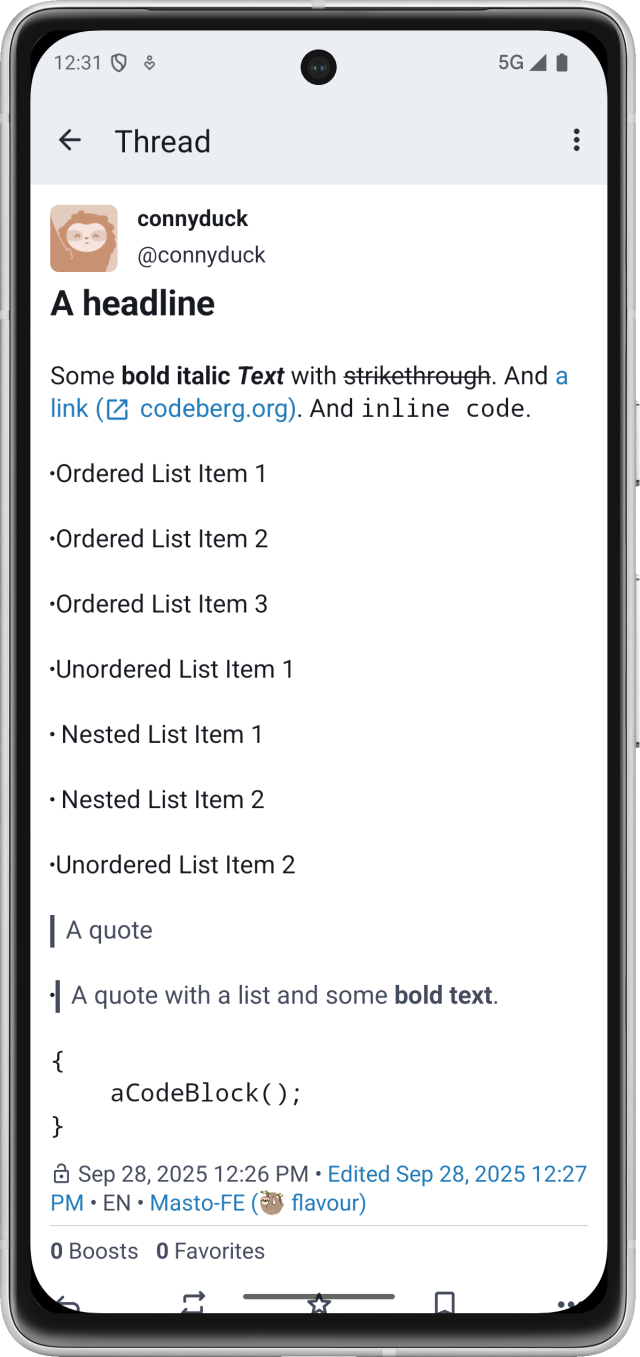
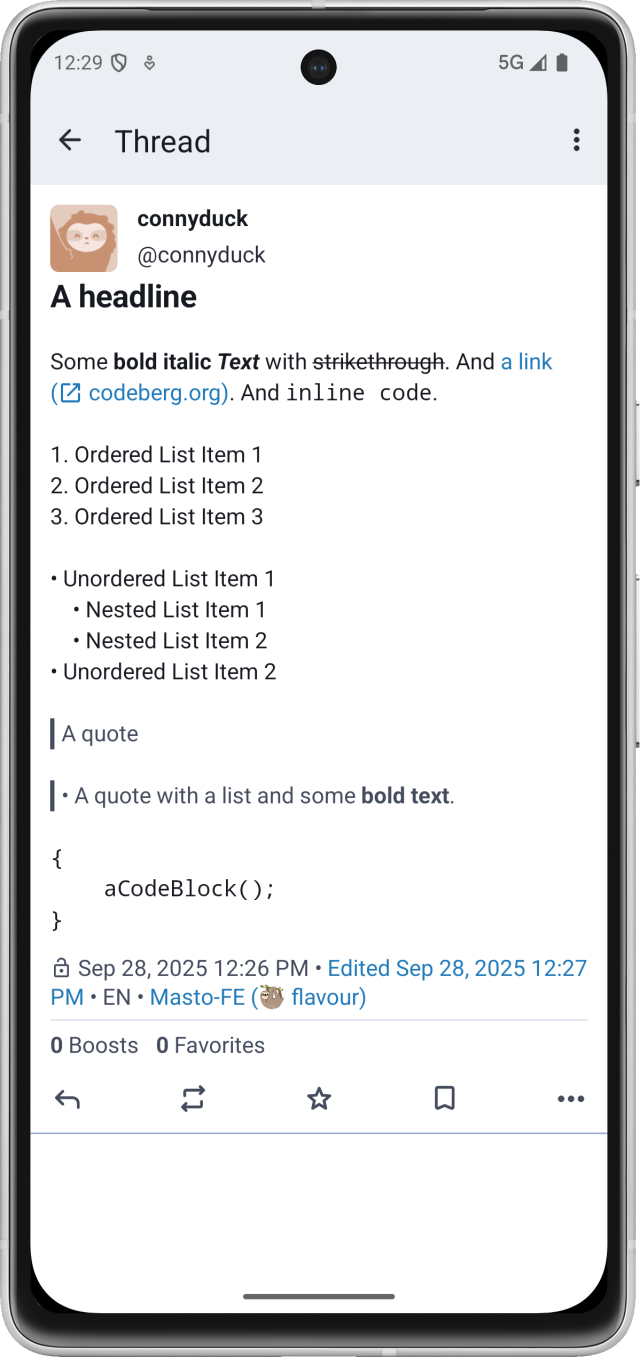



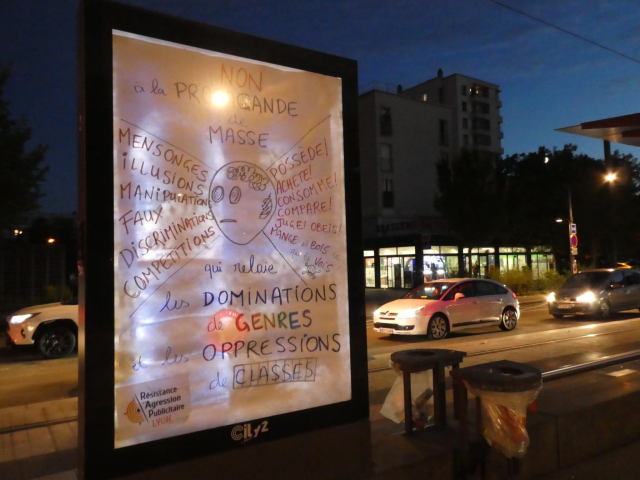
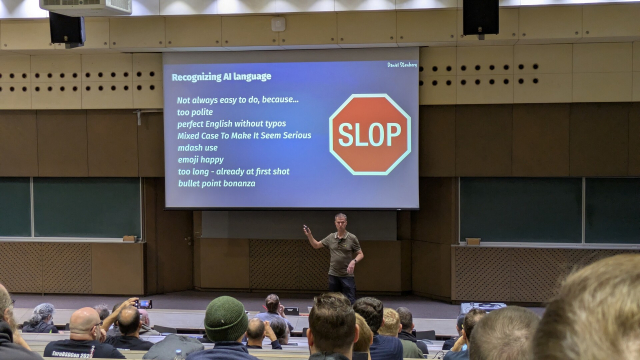







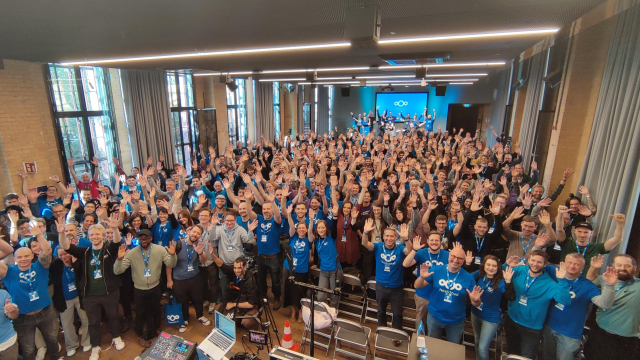
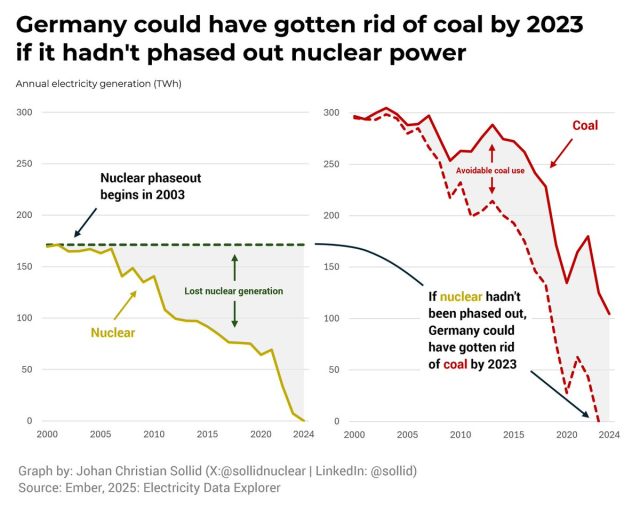

Michele
in reply to Tuta • • •Tuta
in reply to Michele • • •Michał Narecki
in reply to Tuta • • •🐜
in reply to Tuta • • •𝙎𝙩𝙤𝙢𝙖𝙩𝙖 🥼🧫
in reply to Tuta • • •David Adrião
in reply to Tuta • • •FynnND
in reply to Tuta • • •you should add a popup thats like
"do you accept or reject our developers being given cookies to eat"
Make sure the only option is "yes"
Tuta
in reply to FynnND • • •DenisPerron+
in reply to Tuta • • •Tuta
in reply to DenisPerron+ • • •Maddad ☑️
in reply to Tuta • • •Мя ��
in reply to Tuta • • •Rome0
in reply to Tuta • • •Tuta
in reply to Rome0 • • •ĞÖKÜ👻👻™
in reply to Tuta • • •Dksir
in reply to Tuta • • •kuro
in reply to Tuta • • •Tuta
in reply to kuro • • •kuro
in reply to Tuta • • •